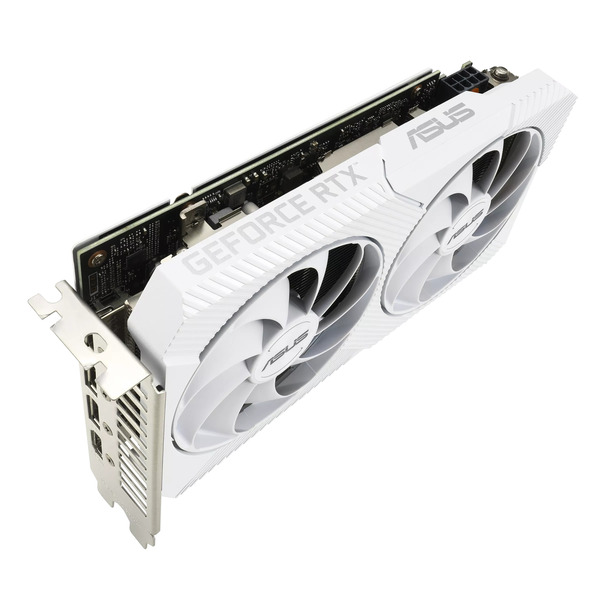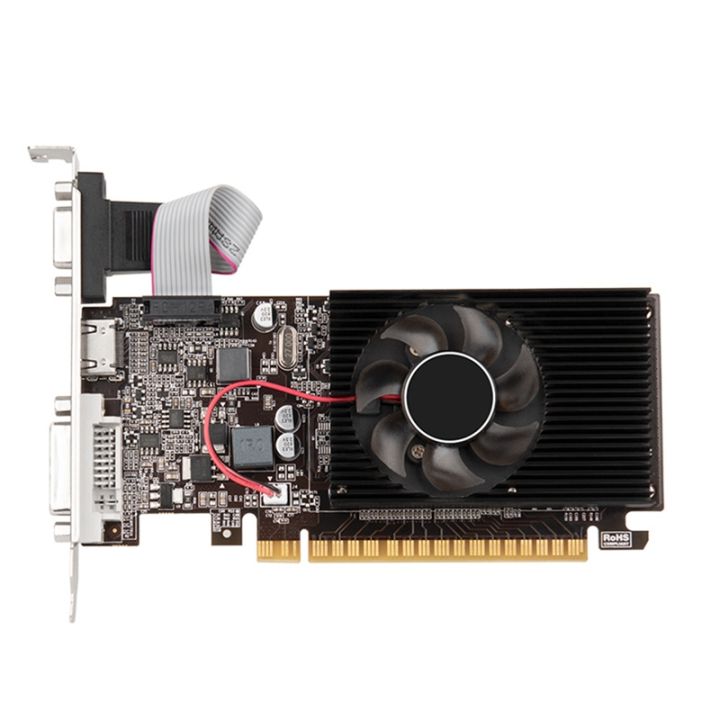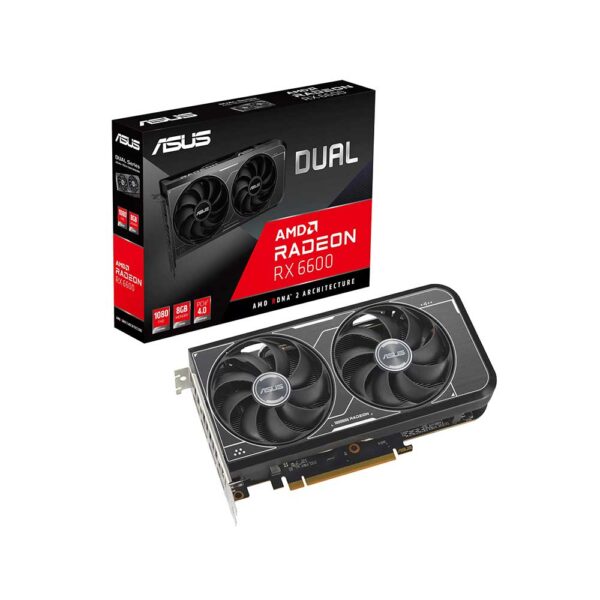Replace graphics card in PC is a common upgrade that can significantly enhance your PC’s performance, especially for gaming, video editing, and other graphics-intensive tasks. This guide will walk you through the entire process, from preparation to installation, ensuring you can do it confidently and efficiently.
Preparation
Safety First
Before replacing your graphics card, ensure you take safety precautions. Turn off your PC and unplug all cables. Ground yourself to avoid static electricity, which can damage components. Use an anti-static wrist strap or discharge any static electricity by touching a grounded metal object. Working in a clean, dust-free environment is also important. These steps help protect both you and your PC components from harm. Proper preparation ensures a smooth and safe upgrade process.
Gather Necessary Tools
Gather all the tools you’ll need for the replacement process. Essential tools include a screwdriver (typically a Phillips-head), your new graphics card, and any necessary cables or adapters. Having all the required tools on hand streamlines the process and prevents unnecessary delays. Additionally, keep your PC’s manual nearby for reference. Being well-prepared reduces frustration and ensures you don’t miss any crucial steps. Efficient planning sets the stage for a successful graphics card replacement.

Removing the Old Graphics Card
Accessing the Interior
First, you need to open your PC case to access the graphics card. Remove the screws holding the side panel in place and carefully detach the panel. Refer to your PC case manual if you’re unsure how to do this. Ensuring you don’t force anything is crucial to avoid damaging the case. Opening the case provides a clear view and easy access to the internal components. Proper access allows for a more straightforward removal and installation process.
Disconnecting and Removing the Card
Once the case is open, locate the old graphics card. Disconnect any power cables attached to it. Then, unscrew the bracket holding the card to the case. Carefully pull the card out of the PCIe slot by holding the edges. Avoid touching the circuitry to prevent damage. If the card seems stuck, check for any additional latches or screws. Removing the old card carefully ensures the slot and surrounding components remain undamaged. Proper removal is critical for a smooth installation of the new card.
Installing the New Graphics Card
Preparing the Slot
Before installing the new card, ensure the PCIe slot is clean and dust-free. Use compressed air to remove any dust or debris from the slot. This step helps prevent connectivity issues and ensures the new card fits properly. A clean slot is essential for optimal performance. Proper preparation of the slot creates a suitable environment for the new card. Ensuring cleanliness maintains the integrity of the connection.
Seating the New Card
Align the new graphics card with the PCIe slot and press it firmly into place. The card should snap in securely, and its bracket should align with the case. Replace the screw to secure the bracket and reconnect the power cables. Ensuring all connections are tight and secure helps maintain stable performance. Proper seating of the card ensures it functions correctly and avoids potential issues. A thoroughly seated card is critical for optimal operation.

Connecting Power and Cables
Power Supply Connections
Most modern graphics cards require additional power from the PSU (Power Supply Unit). Connect the power cables from the PSU to the graphics card’s power connectors. Refer to the card’s manual for the correct connections. Ensuring all cables are firmly connected is crucial for stable performance. Proper power connections provide the necessary electricity for the card to function optimally. Correct power supply connections are essential for the card’s operation.
Monitor Connections
After securing the card, reconnect your monitor. Use appropriate cables such as HDMI, DisplayPort, or DVI, based on your monitor and the graphics card. Ensuring the cable connects firmly to both the card and the monitor is crucial for a stable display output. Proper monitor connections ensure a clear and stable visual output. Ensuring the right connections provides optimal display quality.
Software Installation and Updates
Installing Drivers
Once the hardware is set up, it’s time to install the necessary drivers. Download the latest drivers from the graphics card manufacturer’s website. Follow the installation instructions provided. Update your OS to ensure compatibility with the new card. Proper driver installation is essential for the card’s optimal performance. Ensuring the correct drivers are installed guarantees the card functions as intended. Proper software setup is critical for maximizing the card’s capabilities.
Configuring Settings
After installing the drivers, you may need to configure your display settings. Adjust the resolution, refresh rate, and other settings to suit your preferences. Use the control panel software provided by the graphics card manufacturer for advanced settings and features. Proper configuration ensures the best visual experience. Ensuring settings are correctly configured maximizes the card’s potential.
Testing and Troubleshooting
Initial Testing
With everything set up, power on your PC to test the new graphics card. Check for display output and any error messages. If the display is working and the system boots, proceed to test the card with some graphics-intensive applications or games. Ensuring the card handles these without issues confirms the successful installation. Initial testing helps identify potential problems early. Conducting thorough tests ensures the card meets your needs.
Troubleshooting Common Issues
If you encounter issues, double-check all connections and ensure the card is seated correctly. Reinstall drivers if necessary and check for compatibility issues. Consult the manufacturer’s troubleshooting guide or seek help from online forums and support communities. Ensuring you address any problems promptly maintains system performance and stability. Thorough troubleshooting ensures a well-functioning upgrade.

Optimizing Performance
Overclocking
For those looking to maximize their graphics card’s performance, consider overclocking. Use reliable software to gradually increase the clock speeds while monitoring temperatures and stability. Ensuring you don’t push the card too hard is crucial to avoid overheating and damage. Properly executed overclocking can provide a performance boost. Overclocking optimizes the card’s capabilities for demanding applications.
Regular Maintenance
Regular maintenance is essential for maintaining performance. Keep your PC clean and dust-free. Monitor temperatures and ensure adequate cooling to prevent overheating. Updating drivers and conducting periodic checks ensures smooth operation. Proper maintenance extends the lifespan of your graphics card. Regular upkeep maximizes performance and longevity.
Continuous Learning and Adaptation
Upgrading your graphics card is not just a one-time task but a stepping stone in your continuous journey toward enhancing your computing experience. Stay updated with the latest advancements in graphics technology and software optimizations. Regularly check for driver updates and new features introduced by the card manufacturer. Engage with online communities and forums where enthusiasts and professionals share tips, benchmark results, and troubleshooting advice.
Conclusion
Recap of Key Steps
Replace graphics card in PC involves several essential steps. Preparing by taking safety measures and gathering tools ensures a smooth process. Carefully removing the old card and installing the new one involves attention to detail and proper handling. Connecting power and cables correctly is crucial for stable performance. Installing drivers and configuring settings enhances the card’s functionality. Testing and troubleshooting ensure the card works correctly. Regular maintenance keeps the card performing optimally.
Final Thoughts
Replace graphics card in PC can significantly improve your PC’s performance. Following this guide ensures you do it correctly and safely. By understanding each step and taking necessary precautions, you can confidently upgrade your PC. Whether for gaming, professional work, or general use, a new graphics card offers improved visuals and performance. Regular maintenance and optimizations further enhance the experience. This guide provides a comprehensive roadmap for a successful replace graphics card in PC, helping you achieve the best possible outcome.
